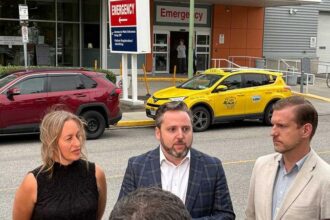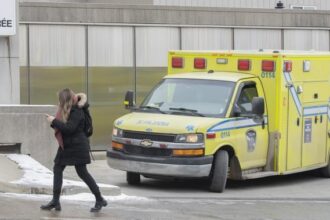The healthcare landscape in Airdrie has reached a critical inflection point. As someone who has spent years analyzing community systems and social infrastructure across Canada, I find the current situation in Airdrie particularly emblematic of the broader healthcare challenges facing mid-sized communities nationwide.
A recent letter from an Airdrie resident has captured the community’s growing frustration with inadequate healthcare services, highlighting not just personal grievances but systemic failures that affect thousands. The resident’s experience—struggling to access timely care despite the city’s growing population—reflects what many Airdrie families encounter daily. Behind these individual stories lies a troubling reality: a city of over 80,000 residents functioning without a properly equipped urgent care facility or hospital.
What makes this situation particularly striking is the disconnect between Airdrie’s rapid population growth and its stagnant healthcare infrastructure. While neighboring communities have seen healthcare investments proportional to their expansion, Airdrie seems caught in a bureaucratic limbo. The resident’s letter points to a fundamental question we should be asking more frequently in our cultural discourse: at what point does a community’s size necessitate certain baseline services as a matter of right rather than privilege?
The proposed solutions—ranging from expanded urgent care hours to a full-service hospital—reflect more than just healthcare needs. They represent a community’s assertion of identity and worth within the provincial framework. When residents organize, petition, and publicly advocate as they have in Airdrie, they’re engaging in what sociologists call “collective efficacy”—the social cohesion among community members combined with their willingness to intervene for the common good.
Particularly noteworthy is the letter writer’s emphasis on collaboration rather than confrontation. Rather than simply demanding government action, they call for partnership between officials, healthcare providers, and residents. This cooperative approach aligns with successful healthcare transformation models seen in communities from Lethbridge to Medicine Hat, where multi-stakeholder committees have effectively bridged resource gaps.
The situation in Airdrie also highlights a growing trend across Canada: the emergence of healthcare advocacy as a form of modern civic engagement. When traditional channels fail to deliver essential services, communities increasingly turn to organized advocacy, often leveraging social media and community forums to amplify their voices. This shift represents a fascinating evolution in how citizens relate to government institutions—less as passive recipients of services and more as active stakeholders demanding accountability.
What’s ultimately at stake extends beyond just medical care. Communities without adequate healthcare infrastructure face cascading effects: reduced economic development, housing market instability, and diminished quality of life. The resident’s letter touches on this interconnectedness when mentioning how healthcare shortfalls impact Airdrie’s otherwise positive growth trajectory.
As we consider the path forward, it’s worth asking whether the traditional metrics for healthcare resource allocation—often based on outdated population figures or rigid geographical boundaries—remain relevant in rapidly evolving communities like Airdrie. Perhaps what’s needed is a more responsive, dynamic approach to healthcare planning that can adapt to demographic shifts in real-time rather than waiting for census cycles.
The Airdrie situation invites us to consider broader questions about community priorities and resource allocation. In an era of constrained public budgets, how do we determine which services are essential? Who decides which communities receive investment priority? And how much agency should residents have in these decisions?
For Airdrie residents, these questions aren’t abstract policy debates but lived realities with profound consequences. Their growing advocacy movement represents not just a call for better healthcare, but a fundamental reassessment of what citizens can and should expect from their government in the 21st century. Their experience serves as both warning and inspiration for communities across Canada facing similar challenges.
The coming months will reveal whether Airdrie’s healthcare advocacy translates into concrete improvements. But regardless of the outcome, the community has already demonstrated something powerful: that citizen engagement remains perhaps our most essential tool for social change, even—or especially—in our complex modern healthcare systems.










